A new McKinsey article describes three levers to help governments and development finance institutions increase private-sector financing for infrastructure to narrow the SDG funding gap:
Liquidity: increase availability of funds from both domestic and international investors including through favourable tax treatment and other regulation
Scale: bundle individual projects and provide a portfolio of different products for large investors to increase scale
Enabling environment: address the governance and capability gaps that often hinder private-sector investment
The Blended Finance Taskforce paper “Infra 3.0: Better Finance, Better Infrastructure” goes even further, finding that we could reduce the overall funding gap by $1 trillion a year by improving infrastructure productivity.
Infra 3.0 provides a framework to drive efficiencies, generate cost savings and create new ways of delivering traditional, sustainable and innovative models of infrastructure – ensuring we invest “smarter” not just more.
This will be possible by delivering infrastructure in a way which is highly distributed, digitised and “service” based, and which captures the benefits of new technologies and economic clustering. Perhaps most importantly, Infra 3.0 includes natural solutions to increase asset resilience and connectivity. See more on investing in natural infrastructure in the Food and Land Use Coalition’s “Growing Better” report.
In addition to new investment, Infra 3.0 also shows how important it is to focus on O&M which can reduce the total cost of core infrastructure by more than 50%.

